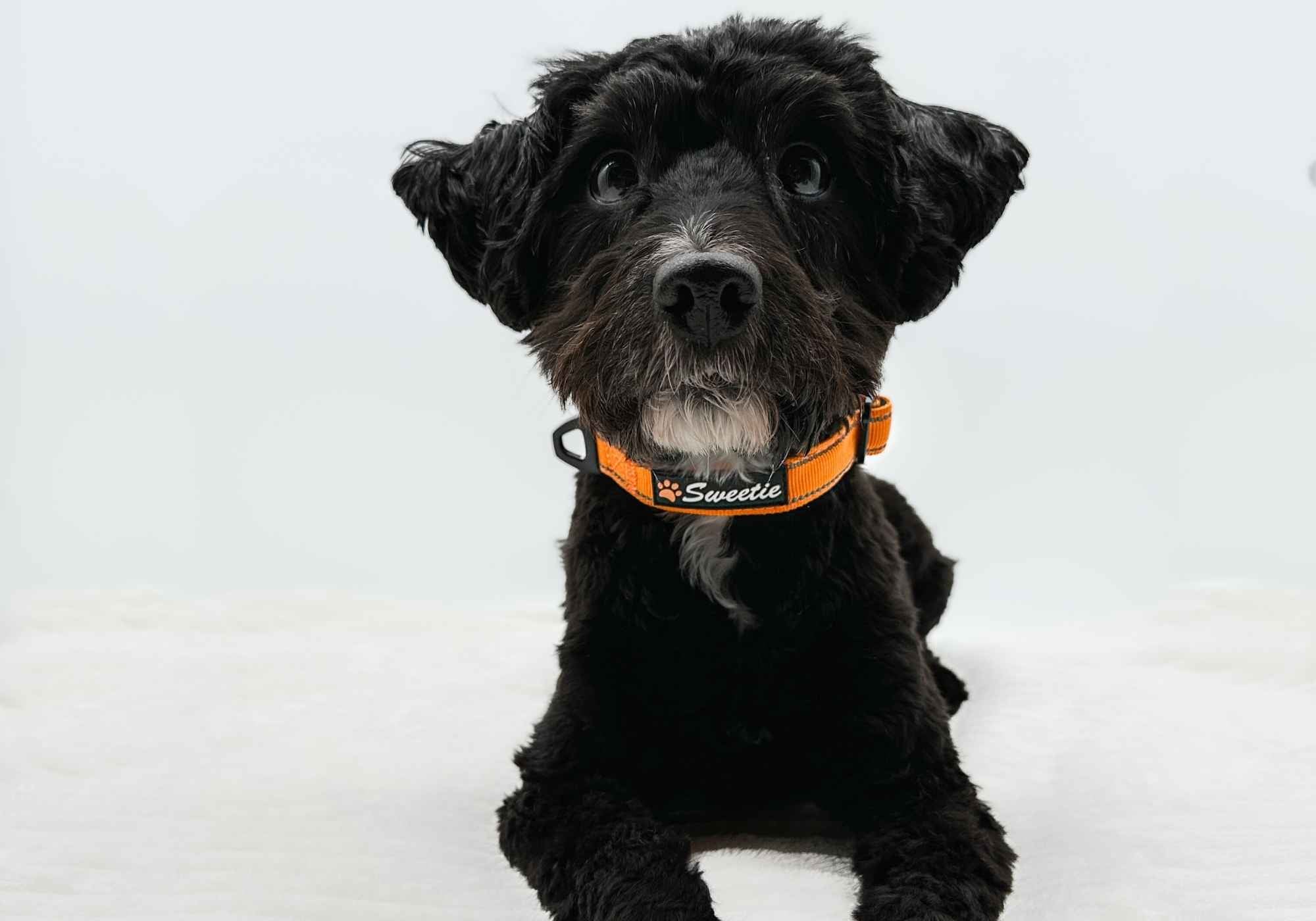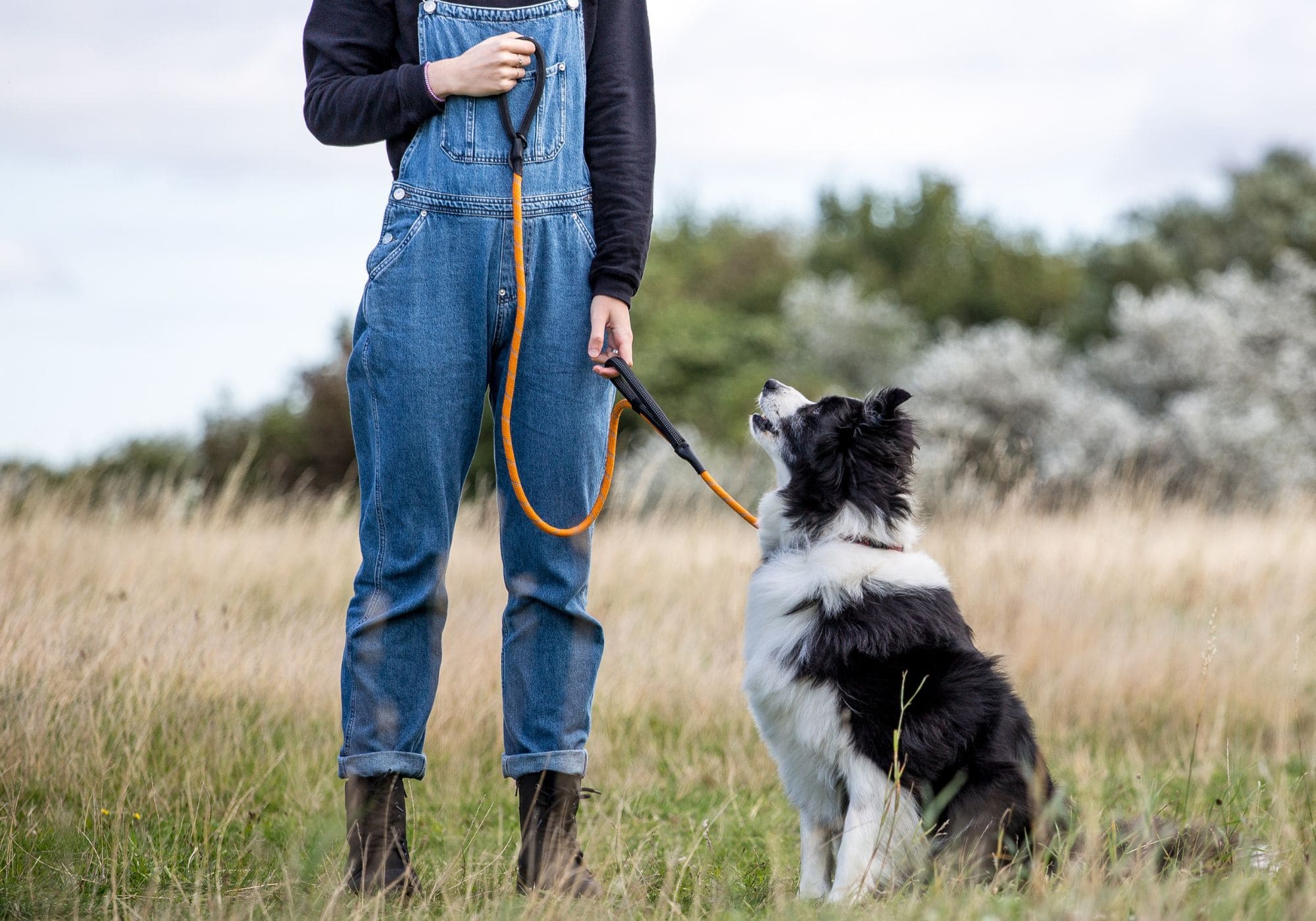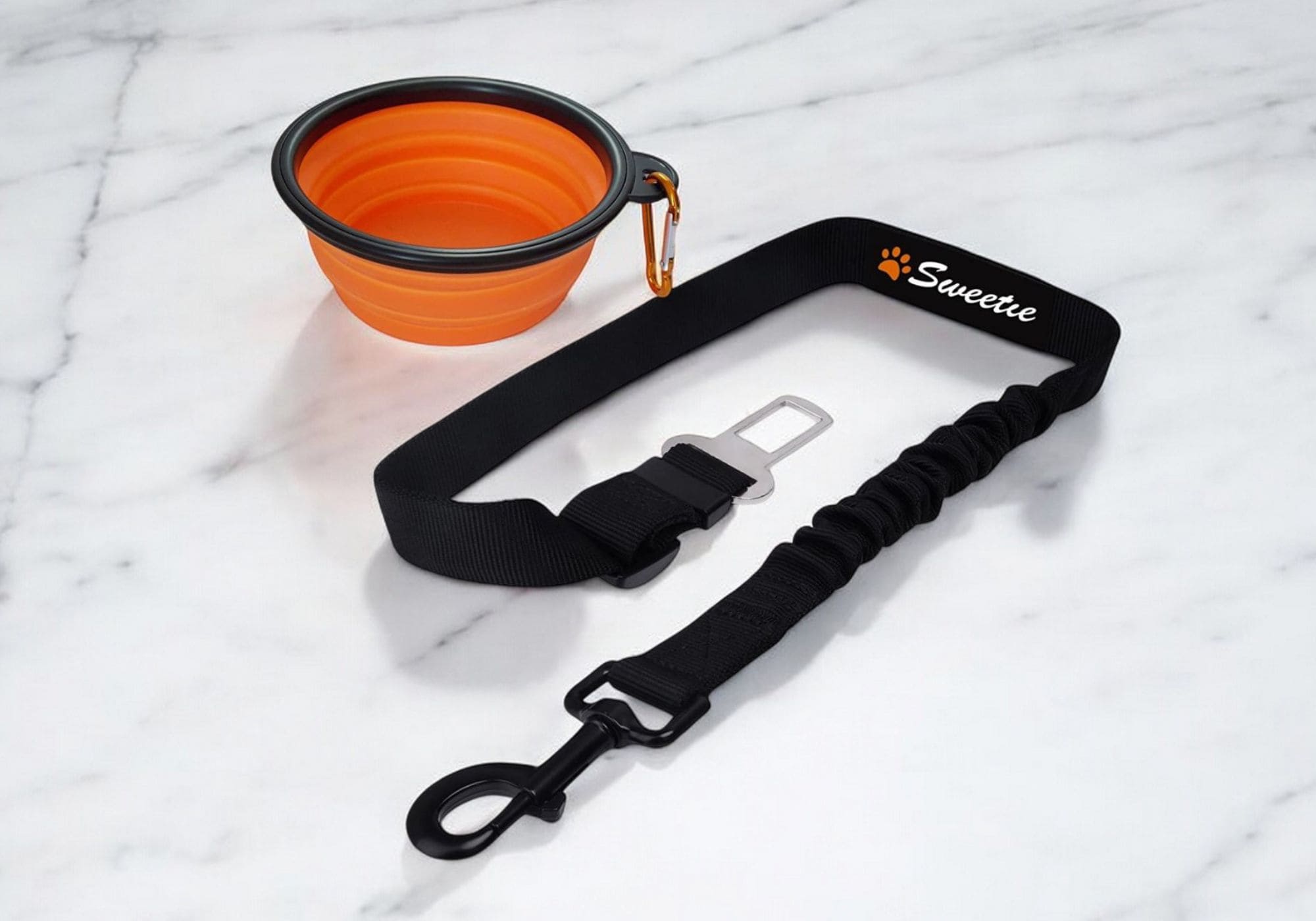How Many Puppies Do Cocker Spaniels Have?

You may have a lively, happy Cocker Spaniel in your home. And maybe you’ve decided to breed one litter from her. So you could be wondering, “How many puppies do cocker spaniels have?”
On average, Cocker Spaniels have 5-7 puppies in a litter, although this number can rise to 12 if your dog is in tip-top health condition. If it’s birthing for the first time, you can expect a lower number, such as three puppies.
You should provide great care for your dog during pregnancy to ensure a risk-free gestation period and healthy pups thereafter. Let’s dive into details right next.
How Many Puppies Do Cocker Spaniels Have? Find Out Here
If you decide to breed your Cocker, expect a range of 3-12 puppies in one litter. Three is the lowest number and the most likely outcome for a first-time Cocker mother.
Notably, a few factors affect the litter size of your canine friend. Let’s check them out next.
1. The Dog’s Health During Pregnancy

During pregnancy, your dog must be in great health condition. Remember, her health determines the new arrivals’ health. You don’t want her frail.
Caring for a pregnant dog involves providing correct nutrition. A balanced diet ensures that she gets the right nutrition in the correct quantities. Hence, checking her food to determine if the quality meets recommended standards is important.
Studies indicate a strong correlation between nutrition and pregnancy outcomes in dogs. The quality of food you provide for your dog affects neonatal development, including the litter size.
As a rule of thumb, ensure your pregnant dog’s food has 1,600 kcal digestible energy per pound. Exceeding this threshold can expose your feline to obesity and, as a result, complications at birth.
Moreover, the food should contain at least 22% protein. As the pups develop, they need sufficient protein for the development of their muscles and other body parts.
In addition, your pregnant dog will need to exercise as this helps to avert overweight problems. For example, you can stroll with her or engage her in chasing a ball. Doing this regularly ensures she’s fit, so there are no complications at delivery.
Any abnormalities, such as pus or blood discharges, should be treated urgently. Make sure to see your veterinarian the moment you see such problems. A perfectly healthy dog has a higher probability of delivering a larger litter.
2. The Age of Your Dog
A dog giving birth for the first time offers a relatively smaller litter, regardless of the breed’s prolificacy. For that reason, young female Cocker Spaniels may produce only about three puppies. Don’t be shocked to see yours giving birth to one puppy–this is common.
The number of puppies she gives increases across the subsequent births. At her 3rd and 4th rounds, you’ll notice a significantly increased number of born pups.
As they age, Cocker Spaniels start producing fewer and fewer puppies. This means you want to breed your dam from 2-5 years; an age at which it can produce the highest number of puppies.
Once your Cocker’s reproductive performance starts to dwindle due to age, there’s nothing you can do to change her. Basic biology explains that follicle-producing hormones are now degenerating.
-
The Method of Breeding
Research to study litter size at birth in purebred dogs concluded that the method of mating or breeding played a significant role in the number of puppies born. When your dog mates naturally, there are higher chances of a large litter size.
Generally, semen quality is high with natural breeding. This means increased conception probability. Your dam can produce many puppies from this.
However, you must ensure the correct date of mating. Ideally, it’s during ovulation when the bitch is in heat and ready for the mate.
You can test your Cocker’s blood and vaginal fluids to check her readiness. Once you’re sure, you can now introduce the male for mating.
Nevertheless, the option of artificial insemination is also common nowadays. You only need to get high-quality semen from a trusted source and infuse it into your Cocker’s vagina. Of course, you should have worked out her ovulation patterns before any insemination attempts.
While it’s a safe and fast procedure, conception rates are not the best. Your dog may give you a few pups compared to natural mating.
You can get more precise with your breeding by performing surgical insemination. This comes on board as the best breeding method with the best conception rates and large litters. However, it’s expensive and not locally available.
|
Method of Breeding |
Advantages |
Disadvantages |
Verdict |
|
● Safe ● Easy ● Natural companionship |
● Wasteful ● Risk of disease transmission ● Potential inbreeding |
Overall, it provides good breeding success. It’s the preferred method among dog owners with a sizable litter size. |
|
● Time-saving ● Prevents sexually transmitted diseases in dogs ● You can get high-quality semen ● Even from dead sires |
● It Requires special skills; a vet must be precise. ● Semen may have viability problems due to poor storage. ● Risk of buying low-quality semen. |
● Overall, it’s a good, straightforward method. ● Litter size is not the best since conception rates are low. |
|
● Precise implantation of semen. ● High-quality dog breeds ● High fertility rates and breeding success. ● You can use it on sub-fertile females and low-quality semen
|
● Expensive breeding method. ● It can take a lot of time ● Females must undergo anesthesia. |
Overall, the best method of breeding with the highest conception rates, hence the largest litter size. |
Table 1: Different dog breeding methods
How Many Puppies Can a Cocker Spaniel Have in Their First Litter?
The first litter is not the perfect point to judge the performance of your dam. You should expect the lowest number of pups at this level.
As a whole, Cocker Spaniel, like many other dogs, may have three puppies on average. Usually, the first birth follows a dog that’s naive and new to the birthing process.
Yet, it’s not only the first litter that you need to ignore while gauging your dog. Wait for the second also, which provides similar outcomes.
That said, ensure you position your dog in the best health possible. Poor management of your dog can result in poor outcomes.
You'd be worried if you just bred your Cocker for the first time. So, it’s logical to do an X-ray to determine how many puppies are expected and plan properly. The X-ray should come in the last week of gestation, starting on day 55.
What’s the Best Age to Breed a Cocker Spaniel?
When it comes to breeding Cocker Spaniels, age is a serious consideration. So, once you decide to breed the dog, give her time until she attains the right age.
Generally, Cocker spaniel mating age is when she’s two years and fully grown. Breeding is a long, windy process that requires serious thought and enough time. Don’t rush your dog–check her health to ensure she’s equal to the task.
According to most dog experts, the mating age for many breeds ranges between 2-5 years. When your Cocker attains two years and is still not ready for some reason, wait for the opportune moment–there are still three years to mature and be ready.
If you force young dogs into breeding, many health complications await not so long. From pregnancy to delivery, your young or not-so-ready pooch could suffer.
Before breeding, it’s vital to know the dog’s history. You want to ensure that other than the correct age, there’s not a dark history of the dog’s breeding capability.
Most importantly, your vet’s direction is key. Always make sure to consult with them for the best outcomes. They should give you a proper program to follow through. Adhere to their instructions.
Final Thoughts
So, how many puppies do Cocker Spaniels have? The average number is 5-7 puppies, although some can give birth to up to 12 under special circumstances.
Certain factors cause these variations. For instance, the age of your dog, her health, breed type, size, and breeding method can all affect your dog’s capacity to produce puppies.
Modern breeding technologies like surgical insemination are precise and often result in more puppies than natural mating.
If your puppy is not ready for breeding, don’t rush her. Preparing a dog for breeding takes time and effort–be patient.







Leave a comment